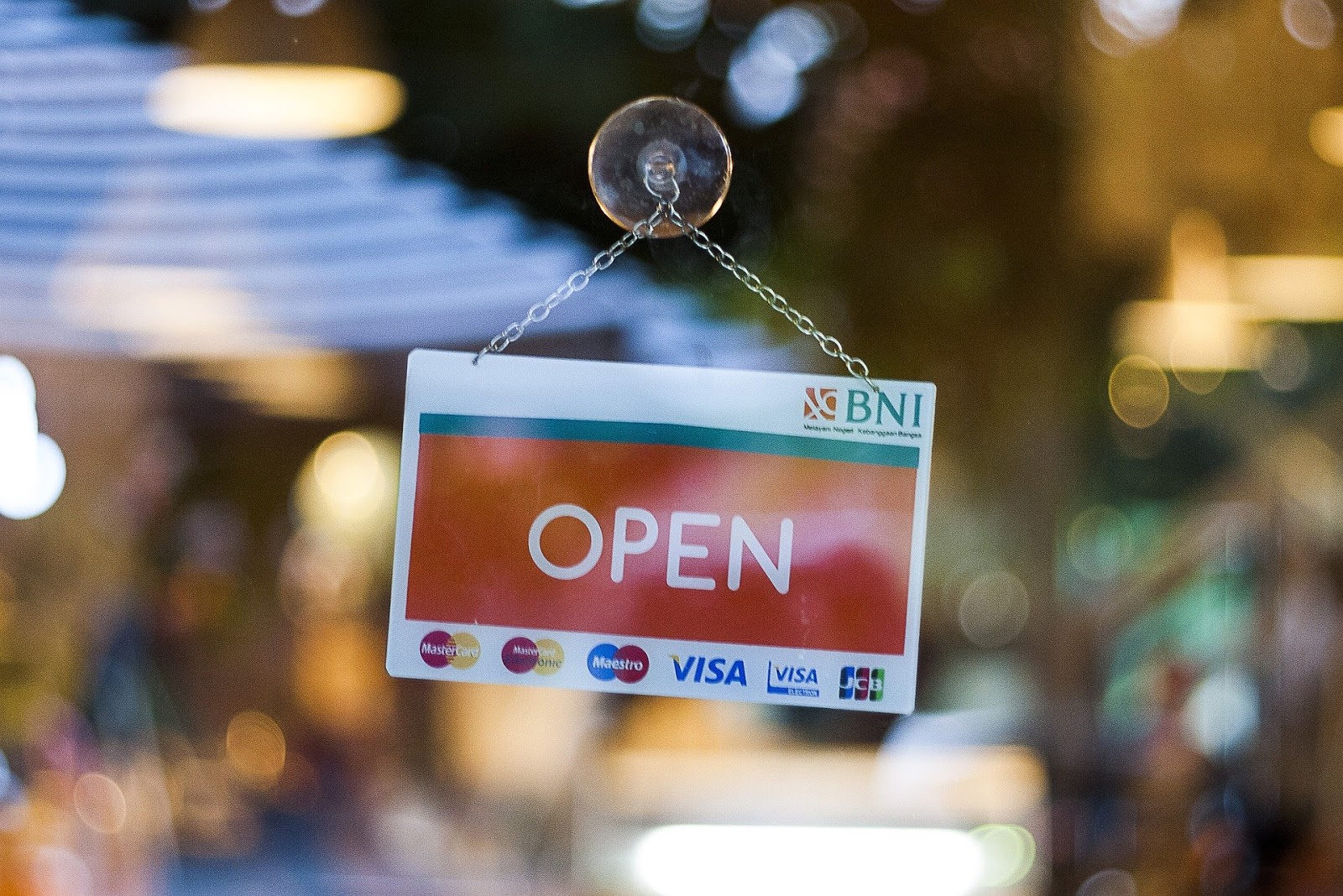
In the ever-evolving realm of cryptocurrencies, a crypto converter serves as an indispensable tool for investors and enthusiasts alike. This cutting-edge instrument facilitates the swift transformation of one digital asset into another, bridging the gap between the myriad of tokens that populate the blockchain ecosystem.
A crypto converter operates on complex algorithms and intricate blockchain protocols, ensuring seamless conversions between tokens with disparate values and utility. Its primary function is to decipher the intricate cryptographic signatures of various digital assets, enabling users to exchange their holdings with precision and ease.
Whether you’re a seasoned trader or a novice explorer of the crypto universe, a crypto converter empowers you to diversify your portfolio, mitigate risks, and capitalize on emerging opportunities. Its utility extends beyond mere conversion, offering real-time market data, historical trends, and liquidity insights to aid in informed decision-making.
Table of Contents
What is Crypto Conversion?
Crypto conversion, often referred to as cryptocurrency conversion, is the process of exchanging one type of cryptocurrency or digital asset for another. This can involve converting one cryptocurrency into another cryptocurrency, such as trading Bitcoin for Ethereum, or it can involve converting a cryptocurrency into a traditional fiat currency like the US Dollar or Euro.
Crypto conversion typically occurs on cryptocurrency exchanges, which are platforms where users can buy, sell, and trade various cryptocurrencies. These exchanges facilitate the conversion process by matching buyers and sellers and providing a marketplace for trading.
The process of crypto conversion involves several key steps:
Selecting Cryptocurrencies: Users choose the cryptocurrencies they want to convert. They can specify the amount of the cryptocurrency they wish to exchange.
Placing an Order: Users place orders on the exchange, indicating the price at which they are willing to buy or sell the chosen cryptocurrencies. These orders can be market orders (executed immediately at the current market price) or limit orders (executed at a specific price or better).
Matching Orders: The exchange matches buy and sell orders from different users, ensuring that both parties agree on the conversion terms.
Execution: Once a match is found, the conversion is executed, and the ownership of the cryptocurrencies is transferred between the parties involved.
Confirmation: Users receive confirmation of the completed conversion, and the new cryptocurrency holdings are reflected in their exchange wallets.
Factors Affecting Crypto Conversion Rates
Using a crypto converter is a straightforward process that allows you to exchange one cryptocurrency for another or convert cryptocurrencies into traditional fiat currencies. Here’s a step-by-step guide on how to use a crypto converter.
Select a Reliable Crypto Converter:
Start by choosing a reputable cryptocurrency converter or exchange platform. Ensure that the platform supports the cryptocurrencies you want to convert and offers the features you need.
Sign Up and Verify Your Account:
Create an account on the chosen platform and complete the necessary verification processes, which often include providing identification documents and setting up security features like two-factor authentication (2FA).
Deposit Cryptocurrency:
Deposit the cryptocurrency you want to convert into your exchange wallet. Most platforms provide wallet addresses for various cryptocurrencies, so send your funds to the appropriate wallet.
Navigate to the Conversion Page:
Once your funds are in your exchange wallet, navigate to the conversion or trading page of the platform. This is where you’ll initiate the conversion process.
Select Conversion Pair:
Choose the cryptocurrency pair you want to convert. For example, if you have Bitcoin and want to convert it into Ethereum, select the BTC/ETH trading pair.
Choose Conversion Type:
Decide whether you want to place a market order or a limit order. A market order will execute immediately at the current market price, while a limit order allows you to specify the price at which you want the conversion to occur.
Enter Conversion Details:
Depending on your chosen order type, enter the amount of the cryptocurrency you want to convert or the specific price at which you want to execute the order.
Review and Confirm:
Double-check all the details of your conversion order, including the amount, price, and fees associated with the conversion. Confirm the order when you’re satisfied with the parameters.
Monitor the Conversion:
After confirming the order, monitor the conversion process. You can usually view the progress of your order in real-time on the exchange’s trading interface.
Receive the Converted Cryptocurrency:
Once the conversion is complete, the converted cryptocurrency will be available in your exchange wallet.
Withdraw or Use the Converted Funds:
You can choose to keep the converted cryptocurrency in your exchange wallet for further trading or withdraw it to an external wallet for added security.
Review Your Transaction History:
Make sure to review your transaction history and verify that the conversion has been executed correctly.
Factors Affecting Crypto Conversion Rates
Crypto conversion rates, the prices at which one cryptocurrency can be exchanged for another or for fiat currency, are influenced by various factors. These factors can cause conversion rates to fluctuate significantly. Here are some key factors affecting crypto conversion rates:
Market Supply and Demand: Like any other financial asset, crypto conversion rates are primarily driven by supply and demand dynamics. When more people are buying a particular cryptocurrency, its price tends to rise, and conversely, when more people are selling, the price may fall.
Market Liquidity: Liquidity refers to the ease with which an asset can be bought or sold without causing significant price fluctuations. Cryptocurrencies with higher trading volumes and a large number of buyers and sellers tend to have more stable conversion rates.
Market Sentiment: The crypto market is highly influenced by investor sentiment. Positive news, developments, or endorsements can drive up demand and prices, while negative news can have the opposite effect.
Regulatory Changes: Government regulations and policies can significantly impact crypto conversion rates. Announcements of new regulations or bans in major markets can lead to price volatility.
Technological Developments: Technological advancements or changes in the underlying blockchain technology of a cryptocurrency can affect its conversion rate. Upgrades, forks, or security vulnerabilities can lead to price movements.
Market Speculation: Speculators and traders play a significant role in the crypto market. Short-term trading strategies and speculative activities can lead to rapid price fluctuations.
Market Exchanges: Different cryptocurrency exchanges may have slightly different conversion rates due to variations in liquidity, trading pairs, and trading algorithms. This can create arbitrage opportunities.
External Events: Events in the broader financial markets or geopolitical events can spill over into the crypto market, causing sudden price movements.
Market Volume: Low trading volumes can make cryptocurrencies more susceptible to price manipulation or sharp price swings.
Utility and Adoption: The utility and real-world adoption of a cryptocurrency can influence its price. Cryptocurrencies with clear use cases and adoption tend to have more stable conversion rates.
Market Hype and FOMO (Fear of Missing Out): Hype and FOMO-driven buying can lead to rapid price spikes, but these often result in corrections as the hype subsides.
Market Psychology: Psychological factors, such as fear and greed, can drive investors’ decisions and, consequently, conversion rates.
Market Whales: Large holders of cryptocurrencies, often referred to as “whales,” can influence prices through significant buy or sell orders.
Hi, I am an Author who believes in making the life of their readers interesting with his writing. Writing was always my first interest. Ever since I was a teenager, I was already into writing poems and stories. Today, I have gained a great experience in my work. Check out my work and share your views.
RELATED ARTICLES
Latest Articles
 Unlocking Success: Mastering Bank PO Interview PreparationIn EducationApril 24, 2024For banking careers, PO interviews stand as formidable […]
Unlocking Success: Mastering Bank PO Interview PreparationIn EducationApril 24, 2024For banking careers, PO interviews stand as formidable […] The Strategic Value of Purchasing FontsIn TipsApril 18, 2024In today’s visually driven world, fonts are more […]
The Strategic Value of Purchasing FontsIn TipsApril 18, 2024In today’s visually driven world, fonts are more […] Revolutionizing Business: How AI Transforms Customer Experience in the Inflatable IndustryIn BusinessApril 16, 2024Inflatable water slides are the epitome of summer fun, […]
Revolutionizing Business: How AI Transforms Customer Experience in the Inflatable IndustryIn BusinessApril 16, 2024Inflatable water slides are the epitome of summer fun, […] Most Asked Microservice Interview Questions For 2024In TechnologyApril 2, 2024To keep up with changing trends in the tech industry […]
Most Asked Microservice Interview Questions For 2024In TechnologyApril 2, 2024To keep up with changing trends in the tech industry […] Best JavaScript and CSS Library In 2024In TechnologyApril 2, 2024With the ever-expanding functionality of web […]
Best JavaScript and CSS Library In 2024In TechnologyApril 2, 2024With the ever-expanding functionality of web […] Front-End Development Trends to Follow in 2024In TechnologyApril 2, 2024For better engagement, the front-end development of […]
Front-End Development Trends to Follow in 2024In TechnologyApril 2, 2024For better engagement, the front-end development of […] Simplifying Mealtime: Meal Prepping for a Family of FourIn UncategorizedMarch 22, 2024In the hustle and bustle of daily life, planning and […]
Simplifying Mealtime: Meal Prepping for a Family of FourIn UncategorizedMarch 22, 2024In the hustle and bustle of daily life, planning and […] How to Freeze Dry Candy With And Without a Machine?In FoodFebruary 27, 2024A candy lover constantly searches for novel and […]
How to Freeze Dry Candy With And Without a Machine?In FoodFebruary 27, 2024A candy lover constantly searches for novel and […] How to Get Something Out Of Your Eye Immediately?In healthFebruary 27, 2024Getting something inside your eyes can be frustrating […]
How to Get Something Out Of Your Eye Immediately?In healthFebruary 27, 2024Getting something inside your eyes can be frustrating […] The Evolution of Remote Control Technology: From RC Cars to DronesIn TechnologyFebruary 22, 2024Remote control technology has come a long way since […]
The Evolution of Remote Control Technology: From RC Cars to DronesIn TechnologyFebruary 22, 2024Remote control technology has come a long way since […] Unveiling the most popular carnival costumes: A colorful parade of creativityIn FashionFebruary 19, 2024In the world of festivities and merrymaking, few […]
Unveiling the most popular carnival costumes: A colorful parade of creativityIn FashionFebruary 19, 2024In the world of festivities and merrymaking, few […] Custom GPTs: The Next AI Opportunity for BusinessesIn Business, TechnologyFebruary 14, 2024The rise of artificial intelligence has transformed […]
Custom GPTs: The Next AI Opportunity for BusinessesIn Business, TechnologyFebruary 14, 2024The rise of artificial intelligence has transformed […]
stopie.com is a participant in the Amazon Services LLC Associates Program, an affiliate advertising program designed to provide a means for sites to earn advertising fees by advertising and linking to Amazon.com.
Clicking on an Amazon link from stopie.com does not increase the cost of any item you purchase.
We will only ever link to Amazon products that we think our visitors may be interested in and appreciate learning more about.



